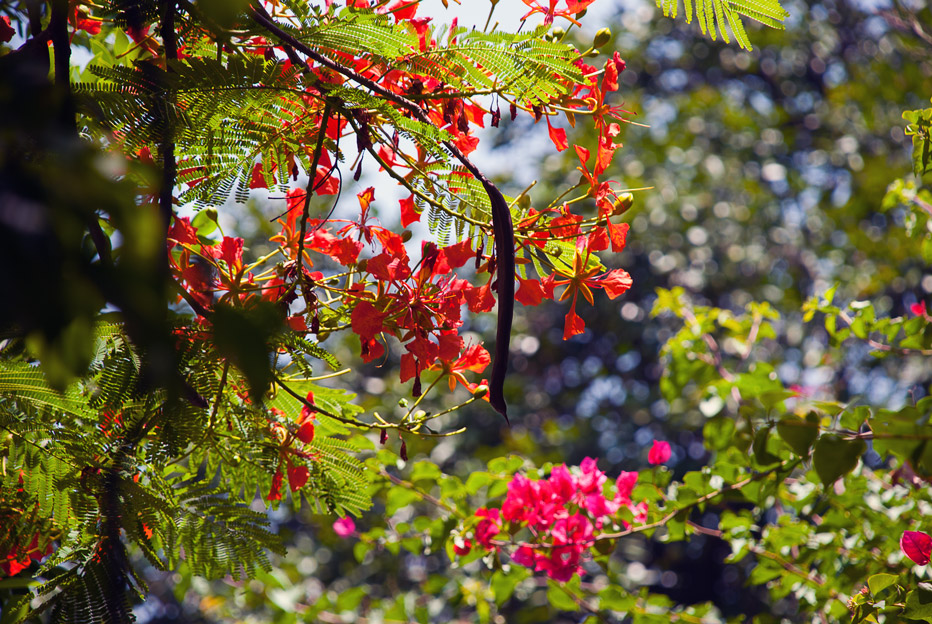 |
Merry Christmas and Happy Holidays, Everyone! |
The Magic of the Cities.
Zen promotes the rediscovery of the obvious, which is so often lost in its familiarity and simplicity. It sees the miraculous in the common and magic in our everyday surroundings. When we are not rushed, and our minds are unclouded by conceptualizations, a veil will sometimes drop, introducing the viewer to a world unseen since childhood. ~ John Greer
Friday, December 23, 2011
Christmas Mood in Cuernavaca
Thursday, December 22, 2011
I Just Don’t Get It…
Labels:
cats,
Chinatown,
chopsticks,
Manhattan,
New York City,
Pets
Mexico City
Chinatown, New York, NY, USA
Monday, December 19, 2011
Not occupied
Saturday, December 17, 2011
Occupy Your Heart!
Friday, December 16, 2011
Murano
 |
| Murano 2010 |
Murano is a series of islands linked
by bridges in the Venetian Lagoon, northern Italy. It lies about
1.5 km north of Venice and measures about 1.5 km (0.93 mi)
across with a population of just over 5,000 (2004 figures). It is famous for
its glass making, particularly lampworking.
It was once an independent comune, but is now a frazione of
the comune of Venice.
Murano was settled by the Romans,
then from the sixth century by people from Altinum and Oderzo. At
first, the island prospered as a fishing port and
through production of salt. It was also a centre for trade, through the port it
controlled on Sant'Erasmo. From the eleventh century, it
began to decline as islanders moved to Dorsoduro.
It had a Grand Council, like that
of Venice, but from the thirteenth century Murano was ultimately governed by
a podestà from
Venice. Unlike the other islands in the Lagoon, Murano
minted its own coins.
Early in the second millenium, hermits of the Camaldolese
Order occupied one of the islands, seeking a place of solitude
for their way of life. There they founded the Monastery of St. Michael (Italian: S.
Michele di Murano). This monastery became a great center of learning and
printing. The famous cartographer, Fra Mauro,
whose maps were so crucial to European exploration of the world was a monk of this
community. The monastery was suppressed in 1810 by French forces
under Napoleon in
the course of their conquest of the Italian
peninsula, and the monks finally expelled in 1814. The grounds then became
Venice's major cemetery.
In 1291, all the glassmakers in Venice
were forced to move to Murano due to the risk of fires. In the following
century, exports began,
and the island became famous, initially for glass beads and mirrors. Aventurine
glass was invented on the island, and for a while Murano was
the main producer of glass in Europe. The island later became known forchandeliers.
Although decline set in during the eighteenth century, glassmaking is still the
island's main industry. [Wiki]
Fri Dec 16, 2011
This week's challenge:
'Meditative'.
'Meditative'.
Thursday, December 15, 2011
The Protester
 |
All that is necessary for the triumph of evil is that good men do
nothing.
Edmund Burke
Irish orator, philosopher &
politician (1729 - 1797)
No one could have known that when a Tunisian fruit
vendor set himself on fire in a public square, it would incite protests that
would topple dictators and start a global wave of dissent. In 2011, protesters
didn’t just voice their complaints; they changed the world.
Read more: Time.com |
For
“once again becoming a maker of history” two sleepy decades after political
soothsayer Francis Fukuyama declared Western liberalism the end point in the
evolution of human society, Time magazine named “The Protester” 2011’s Person
of the Year.
Nathan
Schneider, author and editor with a number of publishing outfits—including
‘Waging Nonviolence,’ a blog devoted to analysis of nonviolent movements around
the world—was pleased with Time’s decision. He pointed out, however,
that the mainstream American press was slow to get to the uprisings at home and
beyond: “As I first saw this announcement percolating on Twitter, being spread
around proudly every which way by Occupy Wall Street-allied accounts, all I
could think was: What took you so long? Where were you?” he asked.
“Where,
I mean to say, was the American press when Tunisia—or Egypt—first started
lighting up,” he continued, “when we at Waging Nonviolence were glued to
Al-Jazeera and our Twitter feeds, wishing we had the means to be there
ourselves? In the American news, the start of those revolutions was hardly a
blip—that is, until Anderson Cooper got beaten up in Cairo.” —ARK [ Truthdig.com ]
Wednesday, December 14, 2011
The Bridge
Tuesday, December 13, 2011
Eternal Spring City
 |
|
On The Road (After the magnitude 6.5 earthquake that
struck Mexico's western Guerrero state on Saturday
night, shaking buildings and causing panic from Mexico City to the Pacific
resort of Acapulco.)
|
 |
| Hidalgo Street |
Subscribe to:
Comments (Atom)


















